Advanced Water Purification & Filtration Methodology
Granular activated carbon filtration is a powerful method for cleaning water. It uses tiny carbon particles to trap harmful substances.
You can count on this process to remove many common contaminants from your drinking water.
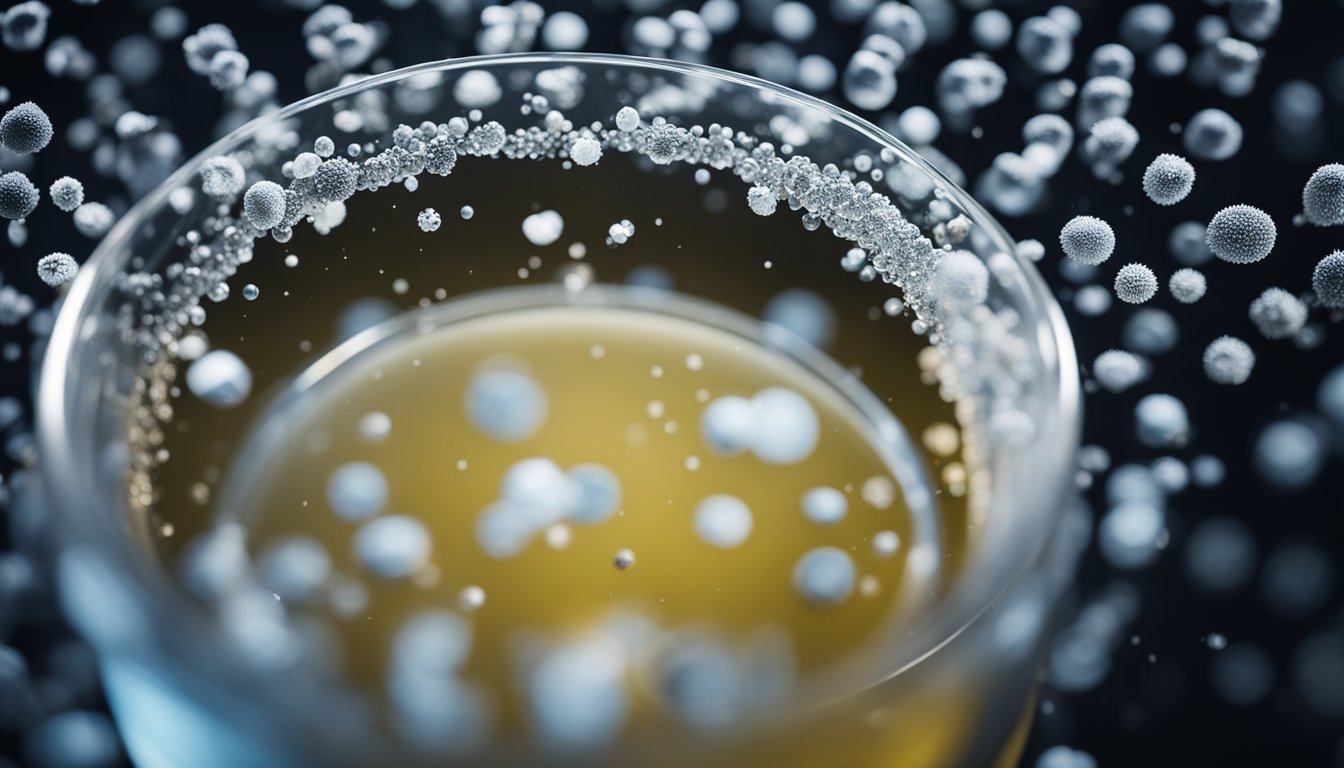
The carbon used in these filters is special. It’s treated to create lots of small spaces inside each particle. These spaces act like tiny magnets, pulling in unwanted chemicals as water passes through. This makes the water safer and better-tasting.
Many water treatment plants use this type of filter. It’s good at getting rid of bad smells, odd tastes, and certain chemicals. You might even have a smaller version of this filter in your home water system or pitcher.
Key Takeaways
- Granular activated carbon traps contaminants in its porous structure and allows for clean drinking water to come out the other side.
- This filtration method improves water taste and odor
- You can find GAC filters in large treatment plants and home systems
Fundamentals of Activated Carbon
Activated carbon is a highly porous material with a large surface area. It’s made from carbon-rich sources and has unique properties that make it effective for filtration and purification.
Properties of Activated Carbon
Activated carbon has a huge surface area, often exceeding 1000 square meters per gram. This is due to its network of tiny pores. These pores come in different sizes:
- Micropores: Less than 2 nm
- Mesopores: 2-50 nm
- Macropores: More than 50 nm
The pore structure allows activated carbon to trap a wide range of contaminants. It works through a process called adsorption. This means molecules stick to the carbon’s surface.
Activated carbon is also known for its high adsorption capacity. It can remove many types of impurities from water and air. The exact capacity depends on the type of carbon and the contaminant.
Types of Activated Carbon
There are two main types of activated carbon:
- Powdered Activated Carbon (PAC)
- Granular Activated Carbon (GAC)
PAC has very fine particles, typically less than 0.1 mm in size. GAC has larger particles, usually between 0.5 to 4 mm.
The raw materials used to make activated carbon include:
- Coal
- Coconut shells
- Wood
- Peat
Each source gives the carbon different properties. For example, coconut shell carbon often has more micropores. This makes it good for removing small molecules like chlorine.
The activation process involves heating the raw material to high temperatures. This is done with little or no oxygen. Then, the carbon is treated with chemicals or steam. This creates the porous structure.
The Role of GAC in Water Treatment
Granular activated carbon (GAC) plays a crucial role in modern water treatment systems. It effectively removes a wide range of contaminants, ensuring safe drinking water for millions of people worldwide.
Contaminant Adsorption
GAC excels at removing organic compounds from water through adsorption. Its highly porous structure traps chemicals like pesticides, VOCs, and PFAS. When water passes through a GAC filter, these contaminants stick to the carbon’s surface.
GAC also reduces chlorine and improves taste and odor. It can remove up to 99% of some organic pollutants. The effectiveness depends on factors like contact time and carbon type.
You’ll find GAC filters in both large-scale treatment plants and home systems. They’re especially useful for areas with known chemical contamination in water sources.
GAC and Health Regulations
The EPA recognizes GAC as a best available technology for removing many organic contaminants. It helps water suppliers meet Safe Drinking Water Act standards.
GAC can reduce levels of regulated contaminants like:
- Lead
- Arsenic
- Certain pesticides
- Disinfection byproducts
Water utilities often use GAC to comply with stricter regulations on emerging contaminants. It provides a flexible solution as treatment needs change over time.
You can check your local water quality report to see if GAC is used in your area. Home GAC filters can offer additional protection if you’re concerned about specific contaminants.
Design and Operation of GAC Filters
Granular activated carbon (GAC) filters are complex systems that require careful design and operation. The configuration and performance factors play crucial roles in their effectiveness.
Filter Configuration
GAC filters typically consist of tanks filled with carbon granules. You can choose between pressure and gravity-fed systems. Pressure systems use closed tanks, while gravity systems use open tanks.
The size and shape of the tank impact filtration efficiency. Cylindrical tanks are common due to their uniform flow distribution.
Carbon bed depth is crucial. A deeper bed provides more contact time and better contaminant removal. Typical depths range from 2 to 40 feet.
Multiple tanks in series can improve performance. This setup allows for longer contact times and more thorough filtration.
Proper inlet and outlet designs ensure even water distribution. This prevents channeling and improves filter efficiency.
Factors Affecting Performance
Several factors influence GAC filter performance. Particle size is key. Smaller particles offer more surface area but increase pressure drop.
Flow rate affects contact time. Higher rates reduce filtration effectiveness. You must balance flow with desired water quality.
Water temperature impacts adsorption. Cooler water generally improves GAC performance.
pH levels affect contaminant removal. Most GAC filters work best in slightly acidic to neutral conditions.
Organic matter in the water can compete for adsorption sites. This may reduce the filter’s capacity for target contaminants.
Regular backwashing is essential. It removes trapped particles and prevents clogging. Backwash frequency depends on water quality and usage.
Carbon exhaustion occurs over time. You’ll need to replace or regenerate the carbon periodically to maintain filter effectiveness.
Maintenance and Regeneration

Proper care of granulated activated carbon (GAC) filters is crucial for their effectiveness. Regular upkeep and renewal methods help extend filter life and maintain water quality.
Handling Exhausted GAC
When GAC filters reach their capacity, they need replacing or regenerating. You’ll know it’s time when contaminants start showing up in filtered water. Typical service life for GAC filters ranges from 18 to 24 months.
To remove spent GAC:
- Turn off the water supply
- Drain the filter housing
- Remove old carbon carefully to avoid dust
- Dispose of exhausted GAC properly
Regeneration can restore GAC’s adsorption abilities. The process involves heating the carbon to high temperatures. This burns off trapped contaminants and reactivates the carbon surface.
Maintenance Strategies
Regular backwashing helps extend GAC filter life. This process flushes out trapped particles and redistributes the carbon bed. You should backwash every 1-2 weeks or when pressure drop increases.
Steps for backwashing:
- Reverse water flow through the filter
- Run for 10-15 minutes
- Return to normal flow
Check inlet and outlet pipes regularly for leaks or damage. Replace any worn gaskets or seals promptly. Monitor water quality and flow rate to catch issues early.
Keep records of maintenance activities and filter performance. This helps you spot trends and plan for replacements. With proper care, you can maximize the efficiency and lifespan of your GAC filtration system.
Comparative Analysis with Other Filtration Methods
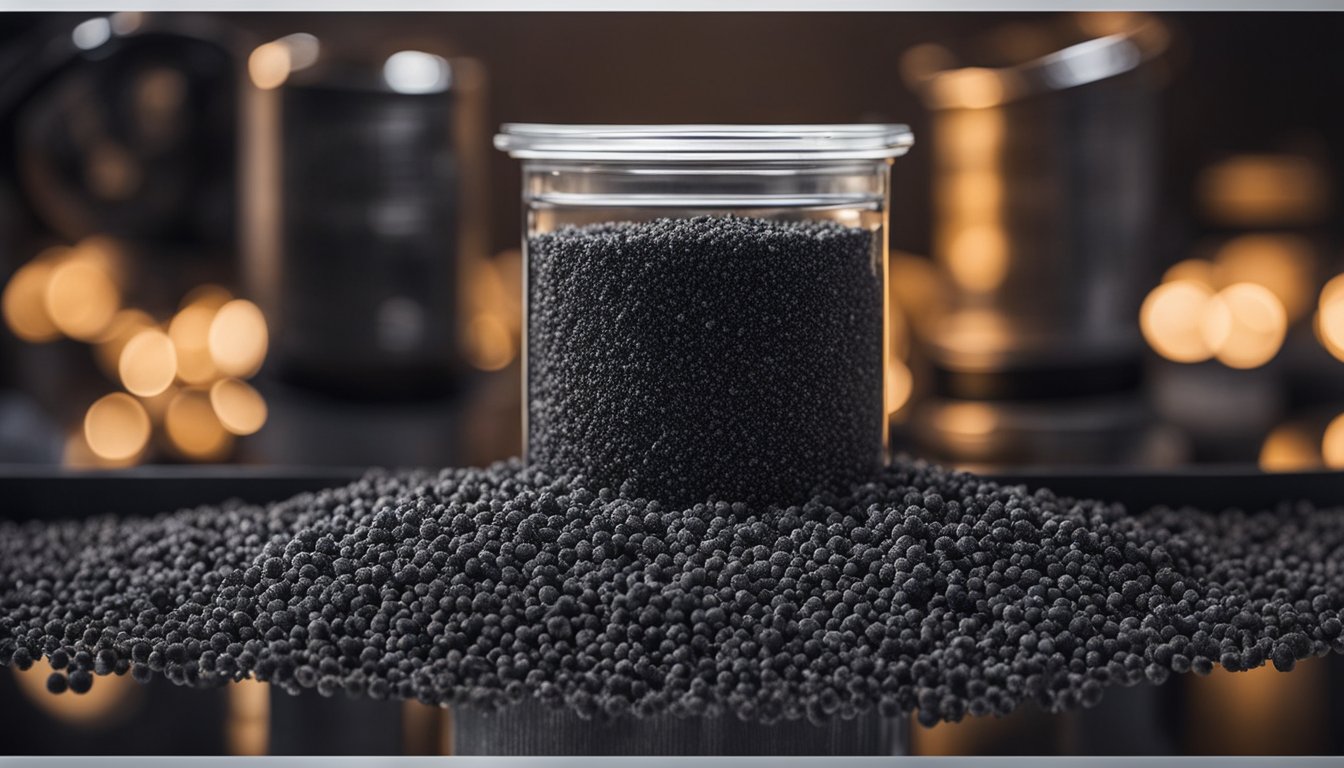
Granulated activated carbon (GAC) filtration stands out among water treatment methods. It offers unique benefits and drawbacks compared to other popular techniques. Let’s examine how GAC stacks up against reverse osmosis and ion exchange.
GAC vs Reverse Osmosis
GAC and reverse osmosis (RO) tackle water purification differently. GAC uses adsorption to remove contaminants, while RO forces water through a semi-permeable membrane.
GAC is great at removing organic compounds and chlorine. It can handle large particles that might clog RO membranes. GAC systems are often cheaper to install and maintain than RO.
RO excels at removing dissolved solids, including salts and minerals. It can produce nearly pure water. RO systems typically remove more contaminants overall than GAC.
Water treated by GAC keeps beneficial minerals. RO strips these out, which some consider a downside. GAC systems waste less water than RO, which can reject up to 75% of input water.
Comparison with Ion Exchange
Ion exchange and GAC filtration serve different purposes in water treatment. Ion exchange swaps problematic ions for less harmful ones, while GAC traps contaminants in its porous structure.
Ion exchange is best for softening water and removing specific ions like nitrates. It’s very effective at tackling hard water issues. The process can be precisely tailored to target certain contaminants.
GAC is more versatile, removing a wider range of organic compounds and some inorganic pollutants. It’s particularly good at improving taste and odor. GAC doesn’t add sodium to water like some ion exchange systems do.
Ion exchange resins need regular regeneration with salt. GAC filters simply need replacement when exhausted. This can make GAC easier to maintain for some users.
GAC Applications in Various Industries
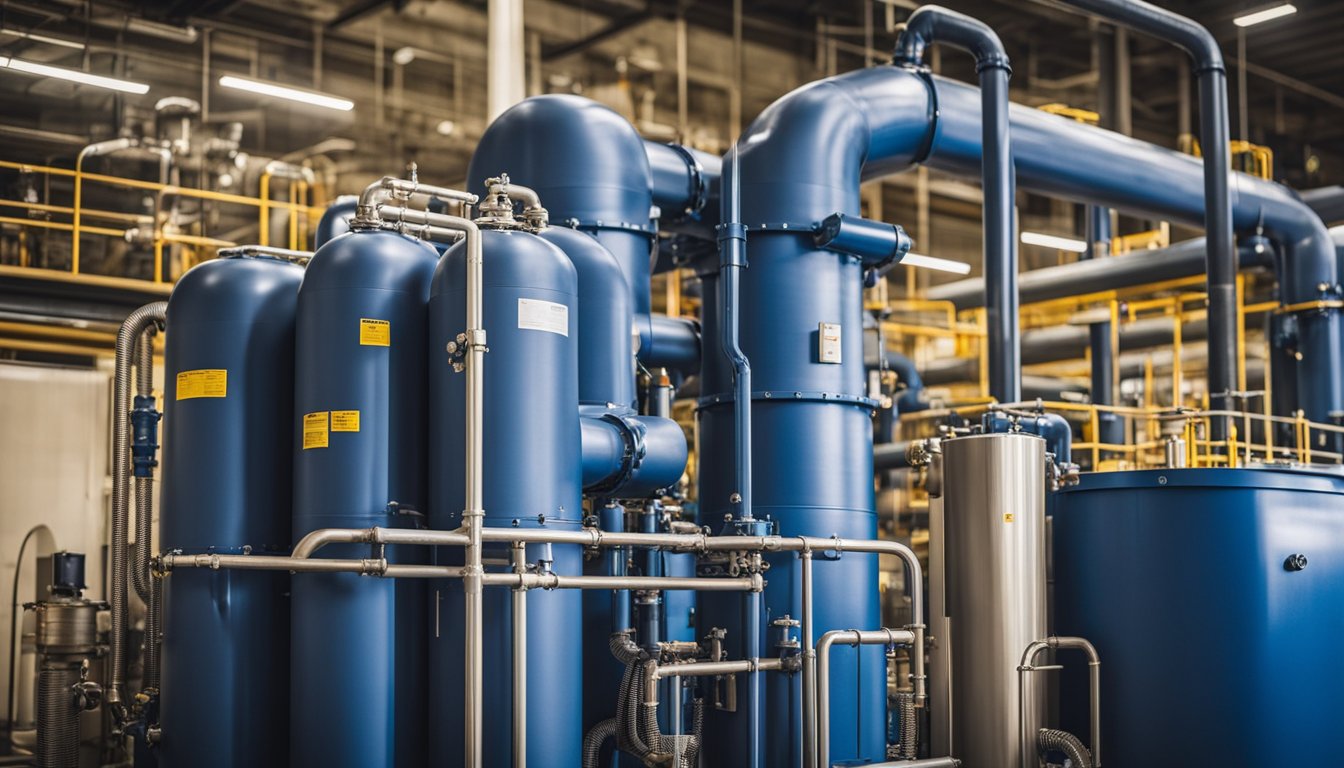
Granular activated carbon (GAC) is widely used across different sectors for water and air purification. Its versatility makes it invaluable for removing contaminants in both municipal and industrial settings.
Municipal Water Treatment
GAC plays a crucial role in drinking water treatment. It effectively removes organic compounds, chlorine, and unpleasant tastes and odors. Many water treatment plants use GAC as a final polishing step.
GAC filters can remove up to 99.9% of volatile organic compounds (VOCs). This high efficiency makes it ideal for treating groundwater contaminated with industrial solvents.
In addition to organic pollutants, GAC can also adsorb:
- Pesticides
- Herbicides
- Pharmaceuticals
- Disinfection byproducts
The typical lifespan of a GAC filter in municipal water treatment is 1-3 years. After this, the carbon can be regenerated or replaced to maintain optimal performance.
Industrial Applications
GAC finds extensive use across various industries for wastewater treatment and air purification. Its ability to remove a wide range of contaminants makes it invaluable in many processes.
In the petroleum industry, GAC helps clean up oil spills and treat refinery wastewater. It can adsorb hydrocarbons and other organic pollutants effectively.
The chemical industry uses GAC for:
- Purifying process water
- Treating industrial effluents
- Recovering valuable chemicals
GAC is also crucial in hazardous waste treatment. It can remove toxic compounds like PCBs and dioxins from contaminated soil and water.
In air purification, GAC filters help remove volatile organic compounds and odors. This makes them useful in indoor air quality management and industrial exhaust treatment.
Challenges and Future Perspectives
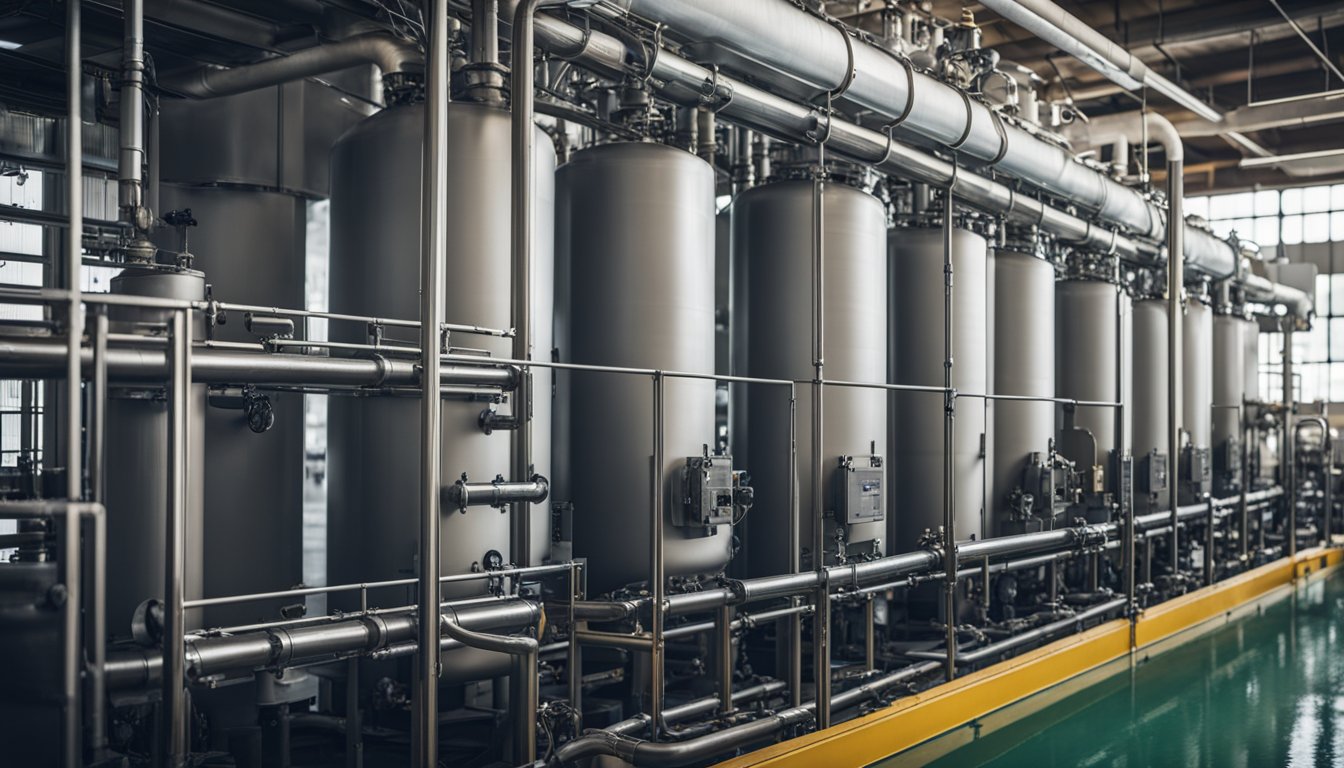
Granular activated carbon (GAC) filtration faces several hurdles as water treatment needs evolve. New technologies aim to address these issues and improve GAC’s effectiveness.
Emerging Contaminants
GAC filtration struggles with some new pollutants. Pharmaceuticals and PFAS pose challenges for traditional GAC systems. These chemicals can slip through filters or saturate the carbon quickly.
Researchers are exploring ways to enhance GAC for these contaminants. Modified carbons with special coatings show promise. Some innovations target specific molecules for better removal.
Testing is ongoing to determine the best approaches. You may see new GAC products designed for pharmaceuticals or PFAS in the coming years.
Innovations in Activated Carbon Technology
New forms of activated carbon are being developed to improve filtration. Catalytic carbons can break down some contaminants instead of just trapping them. This extends the life of filters.
Carbon nanotubes offer high surface area for adsorption. When combined with GAC, they may boost performance. Some researchers are exploring ways to make these materials more cost-effective.
Bioaugmented GAC filters use helpful bacteria to break down pollutants. This can improve removal of certain chemicals and extend filter life. You might see more of these systems in the future.
Frequently Asked Questions
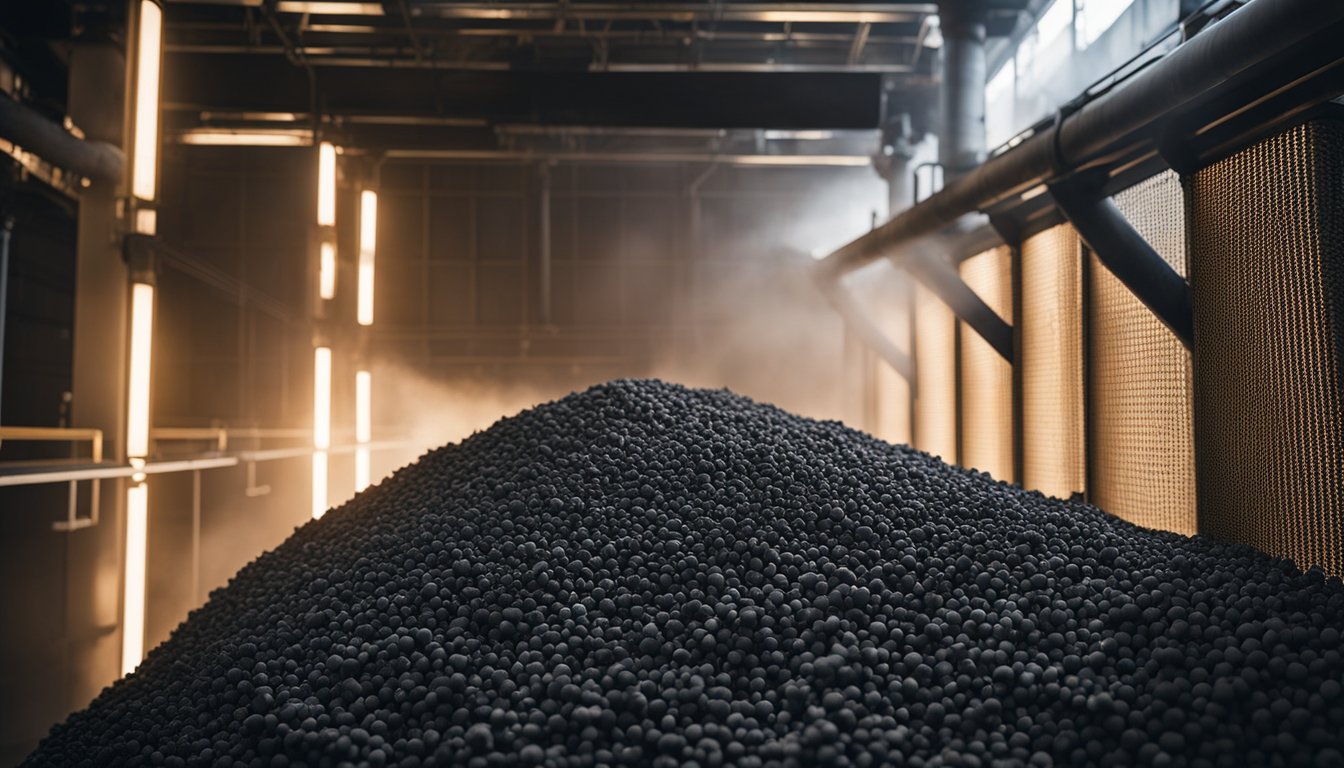
Granulated activated carbon filtration is an important water treatment method. It has pros and cons to consider. Let’s explore some common questions about this technology.
What are the benefits and drawbacks of granular activated carbon filters in water treatment?
Activated carbon filters can remove many chemicals and impurities from water. They improve taste and odor.
On the downside, these filters can’t remove all contaminants. They may not work well for minerals, salts, or microbes. Regular replacement is needed to maintain effectiveness.
How does the cost of granulated activated carbon filtration compare to other water treatment methods?
Upfront costs for carbon filtration systems are often lower than other methods. But ongoing expenses for filter replacements add up over time.
You’ll need to factor in both initial and long-term costs. Compare them to alternatives like reverse osmosis or UV purification.
What is the expected lifespan of a granular activated carbon filter?
Most carbon filters last 6 to 12 months before needing replacement. Exact lifespan depends on water quality and usage.
Heavy contaminants or high water use can shorten filter life. Regular testing helps determine when to replace filters.
Can granulated activated carbon filtration systems be used for well water purification?
Yes, carbon filters can help purify well water. They’re good at removing many common well water contaminants.
For full protection, you may need additional treatments. Combine carbon filters with other methods to address specific well water issues.
How does granulated activated carbon filtration work?
Carbon filters use a process called adsorption. Contaminants stick to the surface of carbon particles as water passes through.
The highly porous structure of activated carbon creates a large surface area. This allows it to trap many types of impurities effectively.
What safety considerations should be taken into account when using granular activated carbon?
Proper installation and maintenance are key for safe use. Follow manufacturer guidelines carefully.
Replace filters on schedule to prevent bacterial growth. Ensure the system is sized correctly for your water usage. Test water quality regularly to confirm the filter is working properly.

